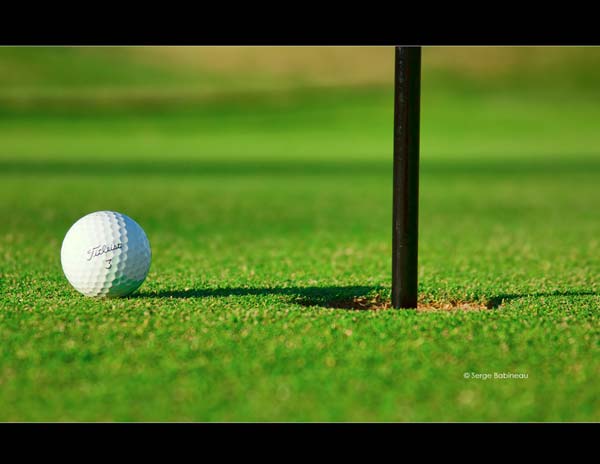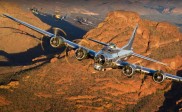How to Photograph Golf
Golf can be a pretty tough sport to photograph. Once you have a technique though, this can totally change and it becomes the easiest sport to shoot. The very things that make golf difficult to shoot can also make it the easiest. Here are some techniques that will help you take great golf photos.
First of all let us outline the difficulties:
* Play is between a player and himself. There is no physical contact to create the chance of capturing multiple great play action.
* The course is huge, the ball is tiny and travels at great speed through the air.
* You have to place yourself in a position that will not interfere with the golfer’s concentration. You also have to be mindful that a ball driven at full speed can end up coming your way.
* Golf actions are so minimal that the slightest distraction can spoil the shot.
* You may never know what you have really captured until you have a close look at your photos.
Step 1. Your first interface in photography is always your camera and as per any job you need the right tool for taking specific photos. A DSLR is the best option. This will give you a lot of mega pixels too work with for enlargement. Make sure you are familiar with your camera. This will help you to dispel any guessing and quickly make any adjustments you may need to make in between shots.
Point and shoot cameras do not make the best photographing buddies for this sport because of their delayed action. Single lens SLR cameras are better for capturing the precise action you want, as they fire off the moment you press the button.
If you do use a point and shoot, you will need to anticipate the peak action, and press the shutter release a second or two ahead of time.
Step 2. After selecting an ideal spot to capture the golfers at play, you should position yourself close to the ropes. An arms length should keep you close enough to make good shots. Remember not to move from your position until all the players have made their play. Stay out of the players line of view — as a guide, if you are able to draw a straight line between yourself and the hole, you are in the wrong position.
Tips for Capturing Action Shots
* It is next to impossible to freeze the ball and the club in less than 1/2000th of a second.
* Watch for the speed of the player’s head movement on a follow-through.
* Capturing good shot action out of a sand trap may require a camera with a telephoto lens. Being able to tightly zoom in on the golfer would also help you get a great shot.
* There are a number of options for capturing a great shot on the green. Capturing the golfer’s facial details is not as important as capturing the ball as it moves. The player then becomes a part of the background while the focus is on the green, the pin, the hole and the putter’s putting action.
* Position yourself before the golfer lines up for the shot so that you do not cause any distraction.
* Capturing a golfer on the backswing requires common sense and precision. Common sense: The slightest beep can carry through to the golfer and this can upset his or her play. Only make the shot if you have certain things going in your favor:
– You are within an hundred feet of the player and using a Cannon G9 or G10 and all beeps, clicks, whistles and flash are turned off.
– The wind is blowing towards you and you can activate silent mode.
* Good player shots will show the player’s face, but hats or visors can pose a problem. To overcome this, a photographer should avoid shooting on automatic and make use of front-lit, side-lit, and back-lit exposures instead. Keen attention should also be paid to changing light conditions.




